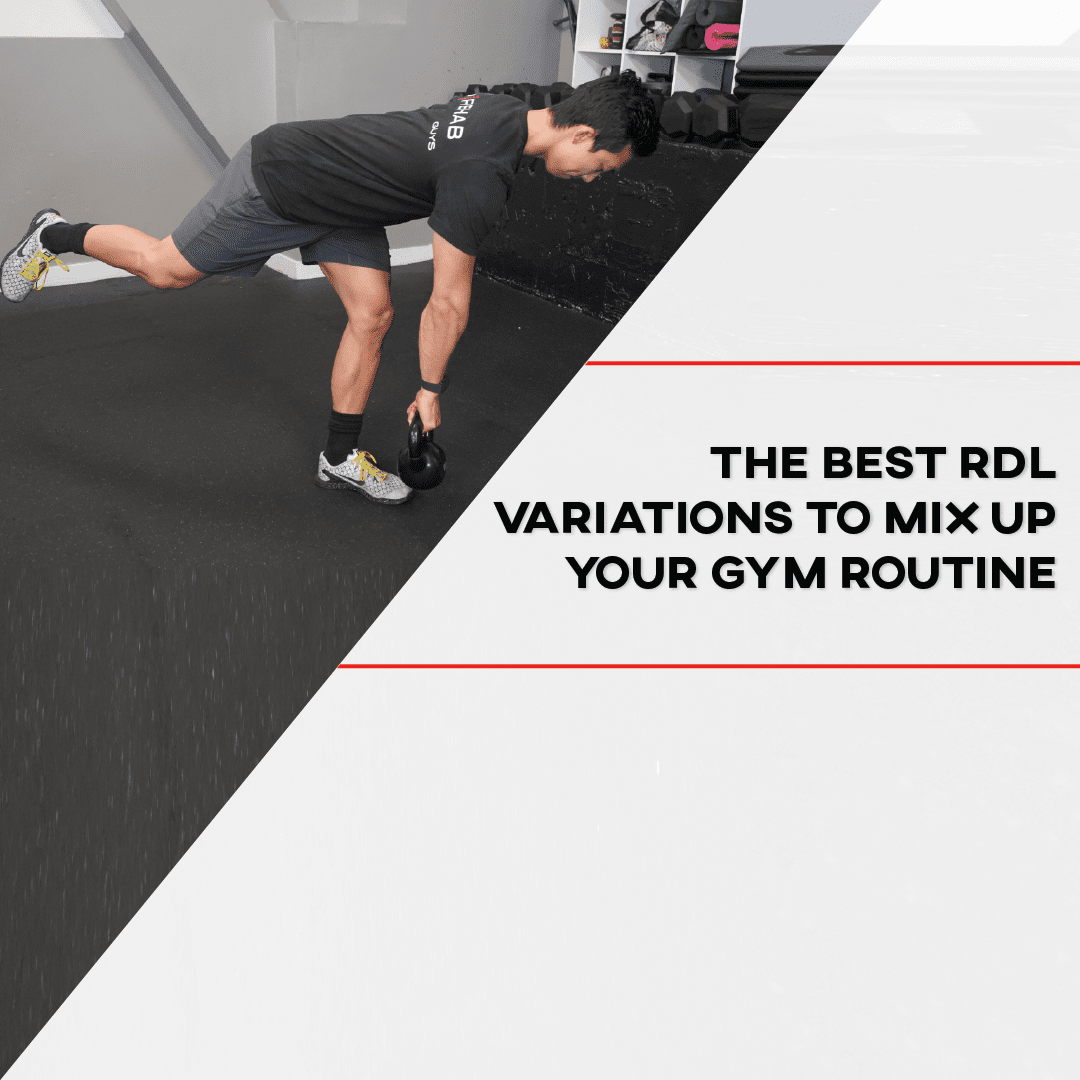
Deadlift variations are simply loaded hip hinge patterns, which is an essential movement pattern to master. There are many benefits to deadlifting, which include improving core stability, improving the strength of the lower extremities, improving the strength of the lower back, and promoting a more optimal functional movement pattern that is very translatable to activities of daily living. In fact, whether you may know it or not, you potentially deadlift multiple times a day! A few examples include picking up your laundry basket from the floor, lifting up your grandchild, or performing the actual exercise itself in the gym! In particular, the Romanian Deadlift, or RDL, is one of our favorite variations and we’ll be sharing our favorite and best RDL variations for [P]Rehab and strength and conditioning goals alike.
What is The Deadlift?
To understand RDL variations, you first must understand what the actual movement is you are providing variety for! The deadlift is a posterior closed-kinetic chain exercise that targets the legs and lower back musculature. In the words of the glute guy @bretcontreras1, himself “deadlifting oozes strength and functionality. There’s something to bending over, grabbing ahold of heavyweight, and standing up with it that makes you feel like a primal powerhouse.” In addition to the standard deadlift, there are other variations that can be implemented into strength programs including single-leg deadlift, stiff-legged deadlift, and the RDL aka Romanian deadlift (1). The movement itself is very functional, meaning that it translates well to movements that are incorporated into daily tasks, which is why it is a great exercise to include as a part of your routine. What is also great about the deadlift is that you can make subtle changes in either your set up or movement pattern that can target various muscle groups based on what your body needs the most!
Benefits of The Deadlift
As previously mentioned, there are many health and functional benefits to performing deadlifts. Below is an outline from an article by Del Vecchio et. al 2017 that describes various physiological, sport, and activities of daily living (ADL) benefits of deadlifting (2).
Health, Sporting, and ADL Benefits of Deadlifting
In addition to the benefits listed above, there has been an abundant amount of research surrounding deadlifting in relation to low back pain. Furthermore, oftentimes your body will need to adapt and overcome discomforts you may be experiencing at a certain period during your recovery process! To learn more about how to deadlift with back pain, read our blog post HERE!
Build Stronger Hamstrings With RDLs and Much More
Eccentric exercise, such as the romanian deadlift (RDL), is one of the best ways to build bulletproof hamstrings. Learn more about our program HERE!
Posterior Chain Activation
The RDL deadlift variation is one that specifically places more stress and responsibility on the hamstring muscle group. In contrast to the standard deadlift where the movement performed is picking up a particular load from the floor by bending down, the RDL is different in that the individual will hold that load from a standing position and then lower it down towards the floor to his or her maximal point of flexibility (1). The RDL is similar to a stiff-legged deadlift; however, the major difference is that the RDL is performed with the knee bent slightly at about a 15-degree angle. It is important that while performing this type of deadlift that the load is maintained close to the body. In addition to this exercise improving the strength of your posterior chain, it will also increase your dynamic flexibility(which is your body’s ability to lengthen during functional/athletic activity).
Warming-up prior to performing exercises is very important for the body. It allows the body to be primed for the specific activity it is about to perform. To learn about excellent ways to warm-up for deadlifting specifically, read our blog post with a follow-along video by Mike that will show you our Deadlift Warm-up Essentials!
READ: DEADLIFT WARMUP ESSENTIALS
Banded Deadlift to Encourage Lat Tension
Now that you have an understanding of what deadlifts are, specifically the RDL, we will dive into our favorite variations! The RDL is an amazing way to hit the ENTIRE posterior chain. We’re talking more than just the hamstrings and glutes here, but also more proximal (lats, erector spinae, etc) and more distal (calves). If you’re getting stuck in your deadlifts or feeling deadlifts only in your low back, there is a chance you might NOT be properly engaging your lats. Building proper lat tension will help disperse the forces across the entire back during your RDL.
Sample Hamstring [P]rehab Program Exercise
The lats perform many different motions at the shoulder joint. For our discussion with the RDL, we are most concerned with the lats ability to extend the glenohumeral joint. Thus, a cue many will use to engage the lats is to get that “Chest up and shoulders down”. However, many times these verbal cues aren’t enough, and instead, we need to provide MANUAL cues or reactive neuromuscular training (RNT). By using a resistance band as shown in the video, we can provide an external force that will cause REFLEXIVE ACTIVATION OF THE LATS. The band here will try and bring my shoulders forward, and in order to prevent this, I must recruit my lats and provide an isometric shoulder extension force to maintain a linear bar path. Note, that if you can apply the resistance to the middle of the barbell (instead of the ends) it would better disperse the resistance.
The Landmine RDL
The landmine RDL is a great way to develop adequate balance and proprioceptive control to transition from a normal double leg RDL to a true single leg RDL. The single leg RDL (which we will cover tomorrow) is particularly challenging for many because of the inherent BALANCE required to pull it off. If you’re having trouble balancing during the single leg RDL, then this landmine variation will be perfect for you.
Sample Hamstring [P]rehab Program Exercise
Because the bar with the landmine travels in a fixed arc, you don’t have to worry about proper arm positioning like with a dumbbell or barbell. Furthermore, you can reap the benefits of offset contralateral loading without worrying too much about balance as you are still “fixed” to a stable-ish surface (ie the landmine). The landmine RDL can either be performed with the landmine directly in front (left video) or perpendicular (right video). Personally, I like the perpendicular configuration because it induces a greater anti-rotation component to the exercise. You must increase your glute recruitment and force your hip external rotators to fire HARDER to keep the exercise motion purely in the sagittal plane. If you don’t have a landmine at your gym, simply place it at the corner of a gym (use a towel to prevent scuffing up the walls). Learn more about landmine exercises from our blog post HERE!
Learn How To Master The Single Leg Romanian Deadlift!
Single Leg Romanian Deadlift
The single leg Romanian deadlift is one of my absolute favorite RDL variations. It’s a whole body, complete, functional exercise that can be used for rehabilitation, as well as strength and conditioning purposes alike. I love this exercise for its ability to functionally work the entire lower extremity posterior chain, while simultaneously challenging one’s balance.
Sample Hamstring [P]rehab Program Exercise
While many might associate hamstring exercises with the leg curl machine, the hamstrings also originate at the hip, meaning hip extension movements also target the hamstrings. Why is this significant? Because throughout normal everyday movements, it is actually hip extension, and not knee flexion, that plays a dominant role in movement and developing power in a host of activities, like walking, running, and biking. Furthermore, functional exercises, like the single leg RDL are easily transferrable to new situations and environments that closely simulate everyday tasks, like picking objects off the floor while protecting your lower back.
By incorporating the RDL movement on one leg, you are now additionally challenging your dynamic balance. Exercises that challenge your dynamic balance are more functional and, for the most part, recommended over static balance exercises. It’s your dynamic balance that is relied upon in sports and fall prevention alike! Read more about how to master the single leg RDL HERE!
In particular, the muscles in your calf and foot are largely responsible for making the small, postural foot changes that allow you to maintain your balance. These muscles include the posterior tibialis, peroneus longus, triceps surae muscle group, and the small foot intrinsics. These muscles are commonly weak in individuals with foot and ankle pain like plantar fasciitis. The single leg RDL is a great exercise to strengthen these muscles as they are heavily relied upon for maintaining balance during this particular movement. If done correctly, you will feel a good burn in your foot and ankle, meaning you’re using the right muscles!
LISTEN: IMPROVING LOWER BACK PAIN
Foam Roll Assisted RDL
Many of you have asked how to maintain better balance with the single leg RDL and here’s your answer. One of the BIGGEST mistakes people make when performing a single leg RDL is losing HIP CONTROL AND LETTING THE PELVIS ROTATE! I cannot tell you the number of times I’ve seen people performing a single leg RDL (happy they are doing it) but with poor PELVIC CONTROL!
Sample Hamstring [P]rehab Program Exercise
You must aspire to keep your hips and pelvis level (flat) when performing the single leg RDL. Far too often when people descend in the single leg RDL, they will let their hips turn outward. You can see this if the hips of the back leg (in this example my right leg) ELEVATE higher than my left hip. This is a sign of a lack of hip/pelvis neuromuscular control and/or hip weakness.
To fix this, a coaching cue I like to use first is to tell the client to “keep the back foot pointed down towards their stance leg”. This encourages the client to keep the hips neutral, as letting the foot point outwards to the side is indicative of a loss of pelvis control. Wherever your foot goes your pelvis will follow, and vice versa.
A second great manual cue can be accomplished using a foam roller. The foam roller essentially connects your hand to your foot. And by bringing your arm DIRECTLY IN A STRAIGHT LINE BACK, it forces your foot to follow in a similar bath, directly back, in addition to keeping the foot pointed down.
The Prehab membership is the anti-barrier solution to keeping your body healthy. Access state-of-the-art physical therapy, fitness programs, and workouts online in the comforts of your own home or gym! Taking control of your health with exercise & education from the palm of your hand has never been easier. Get access to 50+ programs, 100+ unique workouts, and 3000+ exercises to build your own workout routines. Trial it for free, and learn how to get out of pain, avoid injury, and optimize your health with [P]rehab!
Kneeling RDL
Got an athlete that is non-weight bearing after surgery? Trying to figure out a way to challenge hip stability without ankle contribution? Looking to change things up? Well, look no farther than this Kneeling RDL variation. YOUR HAMSTRINGS WILL BE BEGGING FOR MERCY. The kneeling variation is the PERFECT EXERCISE for challenging the hip musculature/stability without ANY ANKLE CONTRIBUTION. Balance is in large part determined by not only one’s hip stability but also ankle stability. This variation allows us to completely eliminate any ankle contribution to the SL RDL and completely target the hip.
Sample Hamstring [P]rehab Program Exercise
This exercise is EXTREMELY HARD to pull off with good form! I’m using a slider to give me some help with balance. Even so, I’m not able to control a full downward phase (full hip flexion) as I’m letting my center of mass sink posteriorly (as evidenced by the increase in knee flexion during the descent phase), placing less demand on my hips. Ideally, my hips would stay in place and my trunk would flex forward (ie a perfect hip hinge) in addition to keeping the back leg off the ground. If this variation is still hard, try performing next to a wall for balance. For a more advanced progression, try performing on the blue side of a BOSU!
Closing Thoughts
Hamstring injuries are one of the most common soft tissue injuries in sports. They are especially challenging and frustrating due to the high recurrence rate. This vicious cycle of reinjury and tweaks is because the hamstring wasn’t appropriately managed the 1st time around. It’s time to change the narrative and be proactive with taking care of your hamstrings! This program will expose your hamstrings in a safe and effective manner to prepare you for high-level activities! Learn more by clicking HERE.
Take Control of Your Hamstring Health
What was your high school superlative? If the hamstrings had one it’d be most likely to be injured in the lower body. The good news is the hamstrings have reflected and want to change their ways to become the least likely to become injured. That happens with strength training geared at injury prevention!
REFERENCES
- Koderi KL, Tan K, Azzfar MS, Malek NFA, Mohamad NI, Nadzalan AM. The effects of stance width on muscle activation and performance during Romanian deadlift exercise. Journal of Physics: Conference Series. 2020;1529:022026. doi:10.1088/1742-6596/1529/2/022026
- Vecchio LD. The health and performance benefits of the squat, deadlift, and bench press. MOJ Yoga & Physical Therapy. 2018;3(2). doi:10.15406/mojypt.2018.03.00042
About The Author
Michael Lau, PT, DPT, CSCS
[P]rehab Co-Founder & Chief Product Officer

DISCLAIMER – THE CONTENT HERE IS DESIGNED FOR INFORMATION & EDUCATION PURPOSES ONLY AND IS NOT INTENDED FOR MEDICAL ADVICE.
About the author : Michael Lau PT, DPT, CSCS
3 Comments
Leave A Comment
You must be logged in to post a comment.




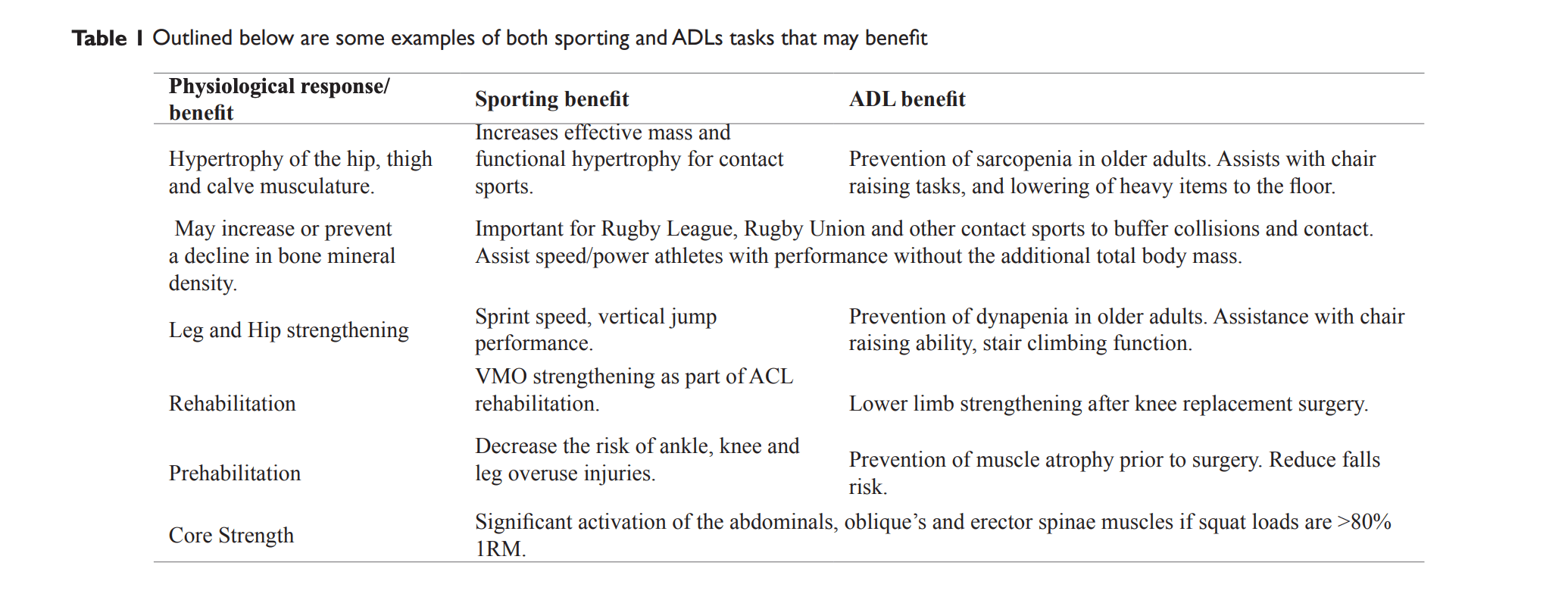
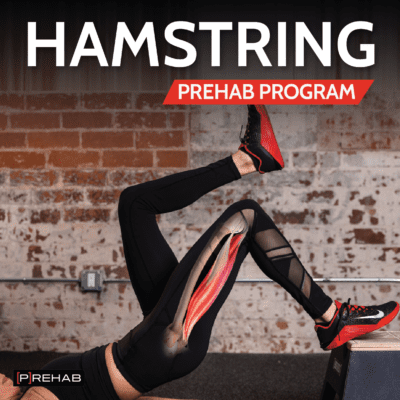
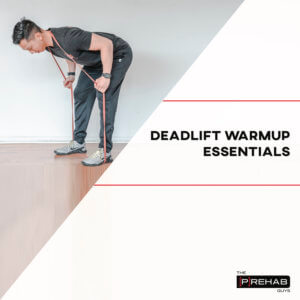
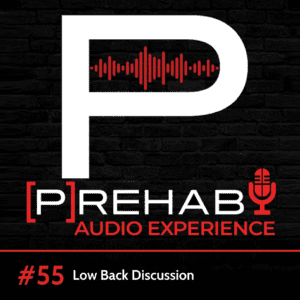
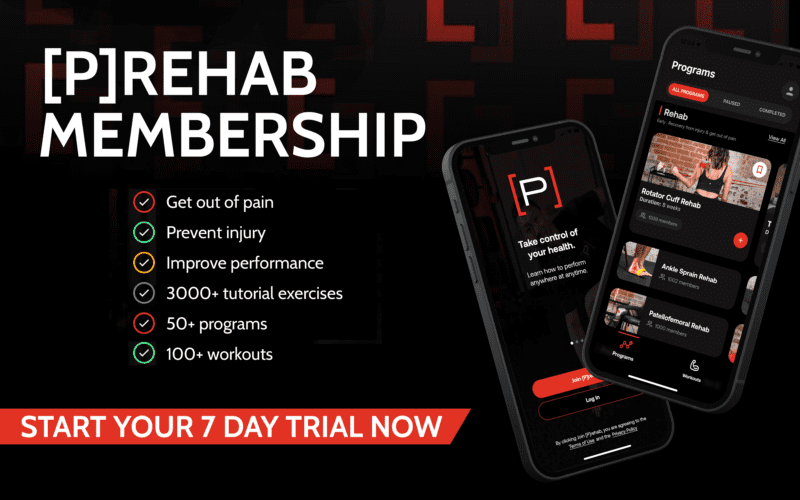
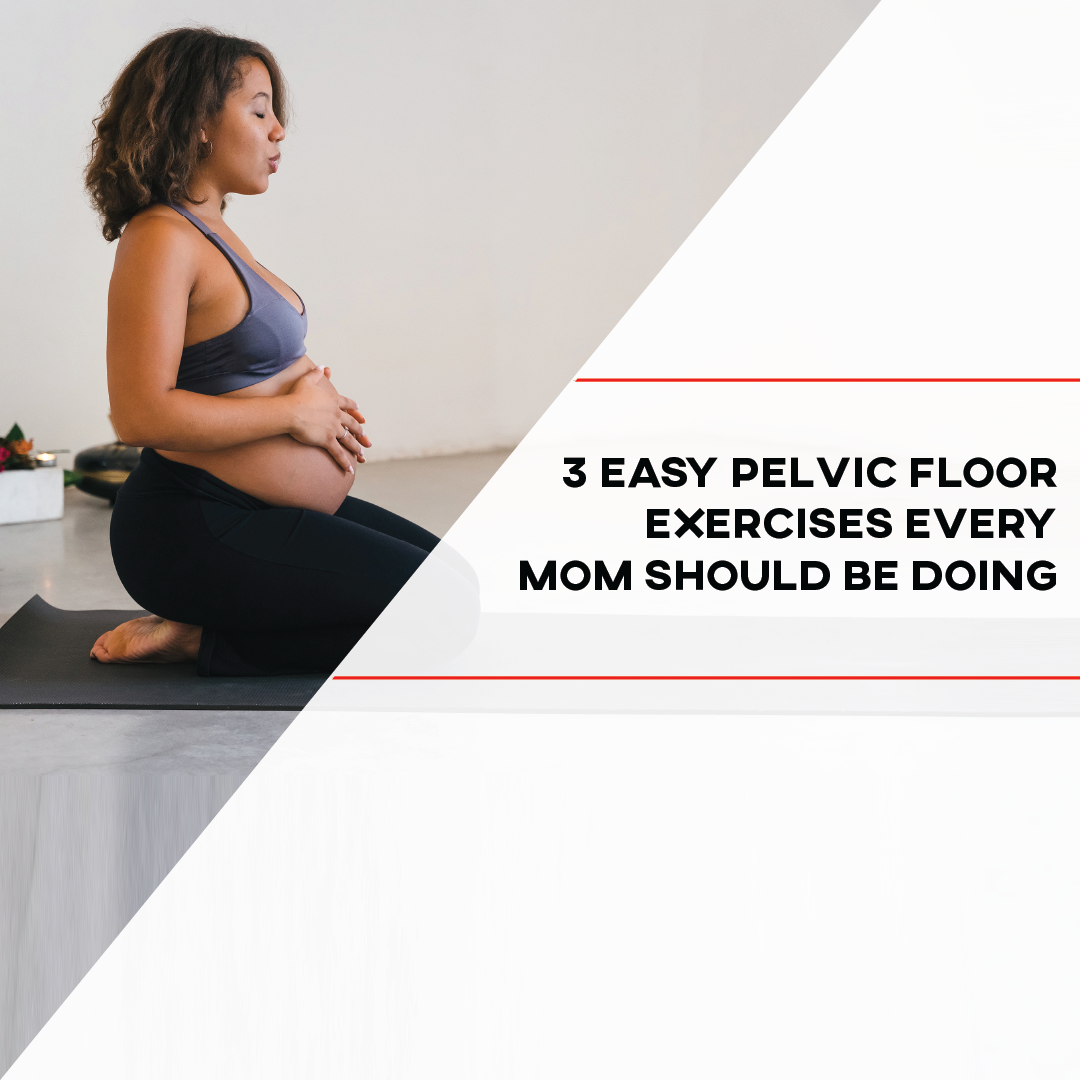
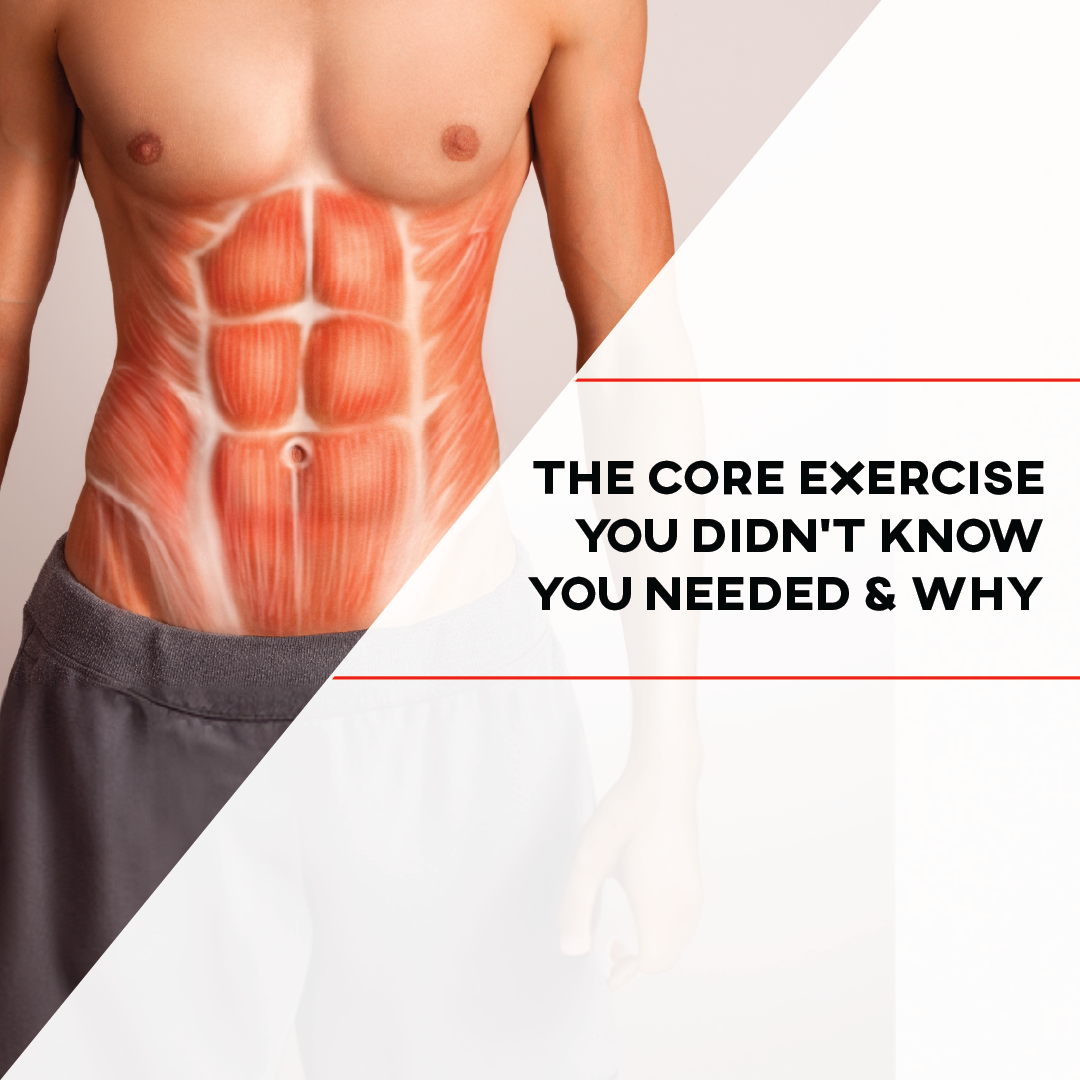
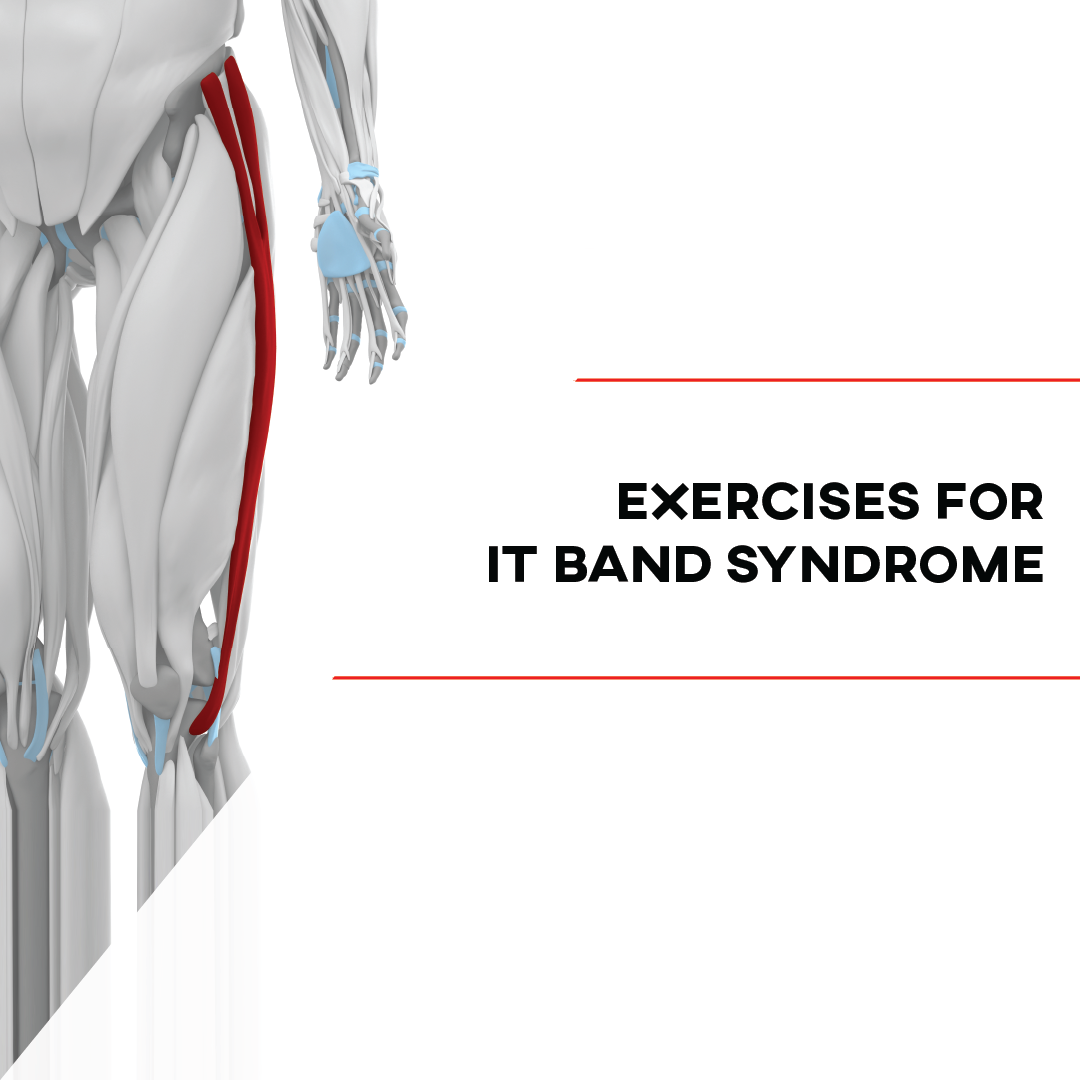

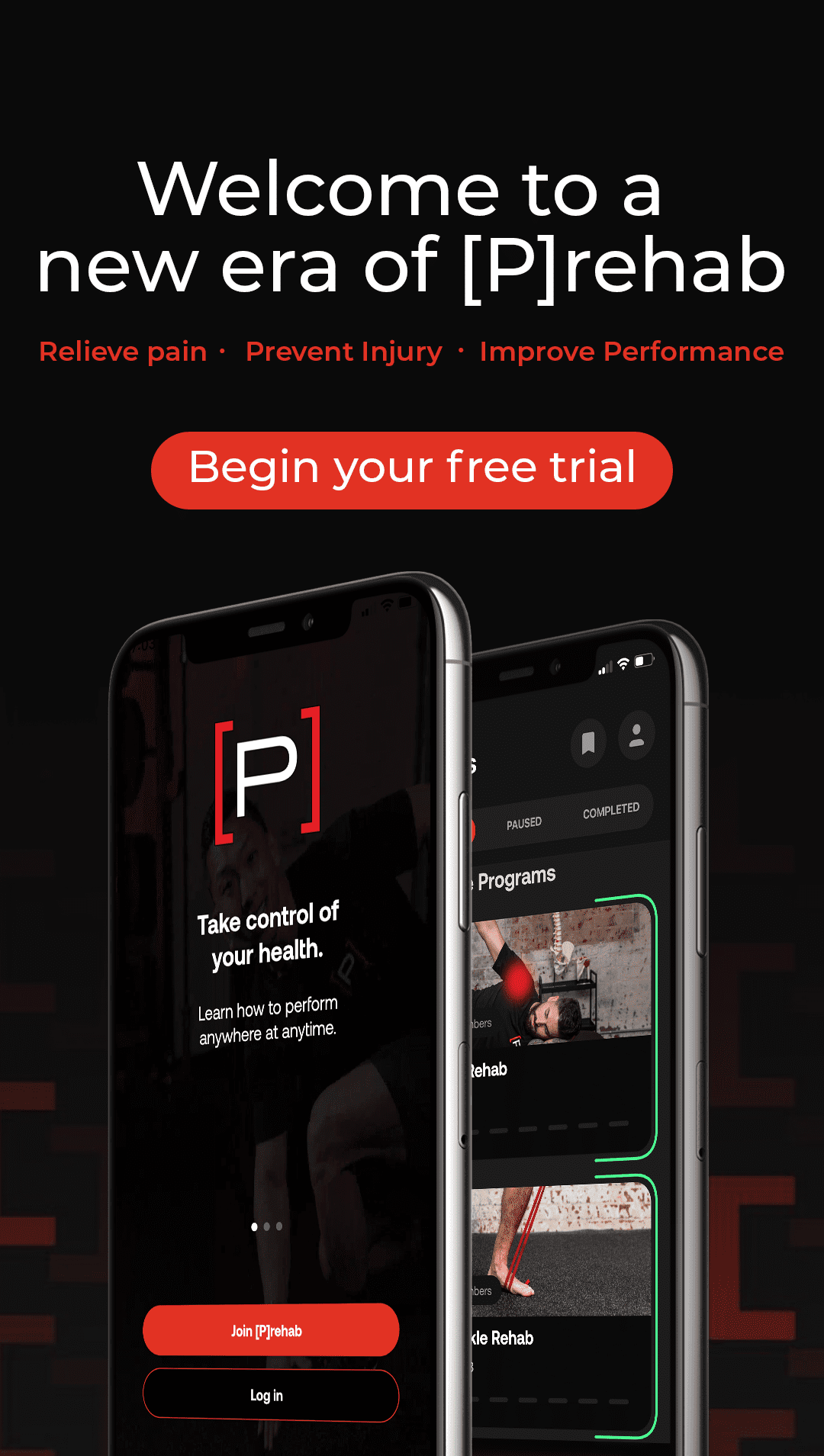



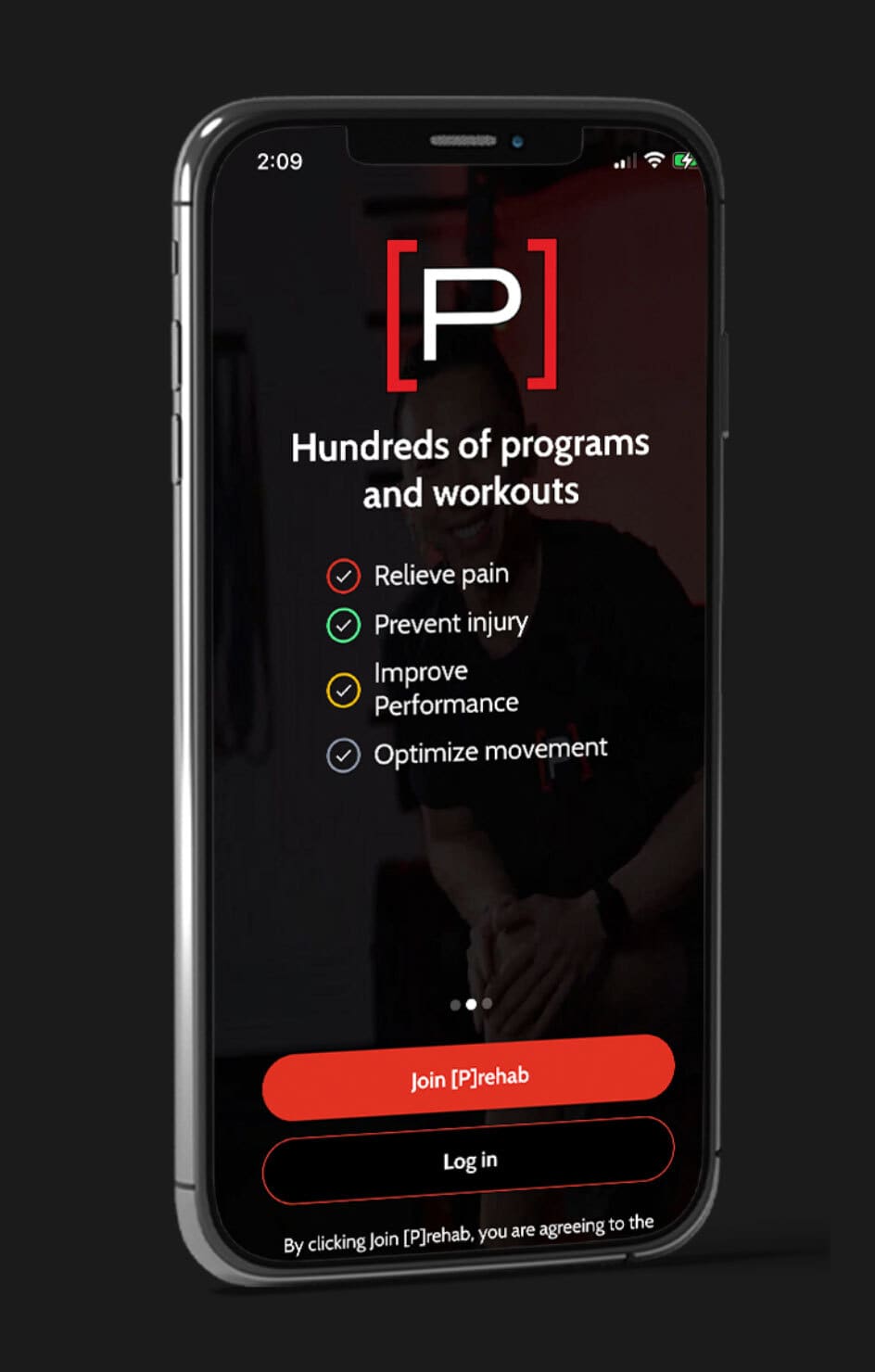

Very useful information and give me a great idea to deal with my patient deficiency. Thank you!
When doing landmine single leg RDL, is there a difference which side the bar is on compared to stationary leg? If left leg is stationary and you hold the bar in right hand with the bar placement on the outside of the left leg vs. inside of the left leg. How does placement of the bar and weight on the working leg (inside vs outside of leg) compare to muscle recruitment?
I think it all comes down to 2 things:
First is comfort. If your left leg is on the ground, you’re going to hit your ankle if you have the bar on the left side. You cant to hold it on the right (with your right hand) so it doesn’t get in the way of the lift
Second is muscle activation. For the same example above, holding in the right hand is better than the left hand for gluteal activation because the lever arm is longer.
Hope that helps!